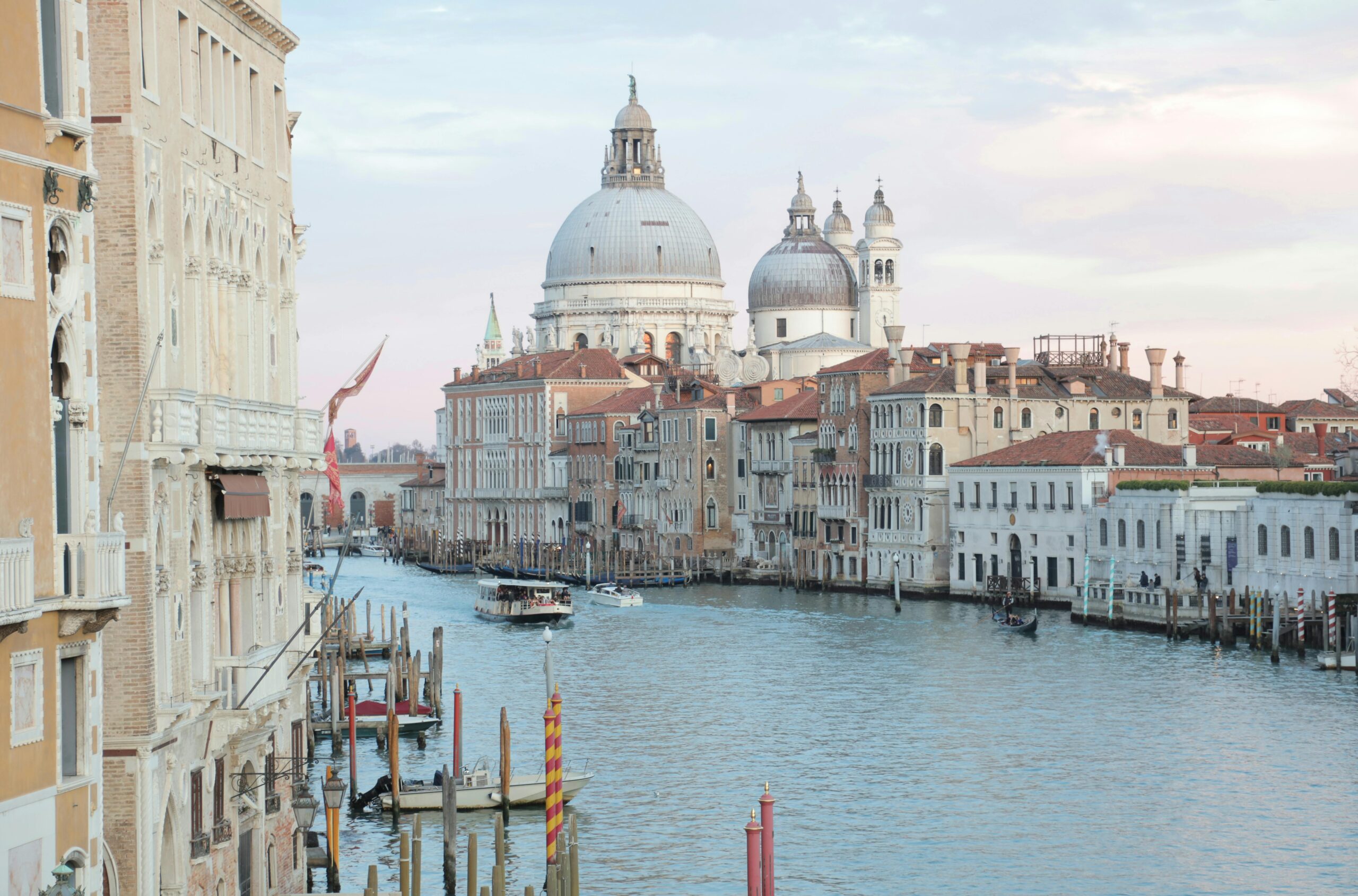
Centers of Learning and Faith
Medieval monasteries in Europe were not only religious centers but also hubs of learning and innovation. Monks dedicated their lives to prayer, scholarship, and the preservation of knowledge. These monasteries housed extensive libraries and were involved in the transcription of ancient manuscripts, playing a critical role in the intellectual life of the Middle Ages.
Economic and Agricultural Influence
Beyond their spiritual duties, monasteries were also significant economic entities. They managed vast tracts of land and developed advanced agricultural techniques that improved productivity. Monastic estates often included mills, breweries, and workshops, contributing to local economies and providing employment opportunities for laypeople.
Social and Charitable Functions
Monasteries served as centers of charity and social welfare. They offered food, shelter, and medical care to the needy. During times of famine or plague, the monasteries’ role in providing relief was invaluable. Their commitment to hospitality and care for the community helped to establish a legacy of compassion and service that resonated throughout medieval society.
Conclusion
Medieval monasteries were multifaceted institutions that influenced religious, economic, and social life. Their contributions to learning, agriculture, and charity underscored their importance in medieval Europe, leaving a lasting impact on European history and culture.
